Key considerations to keep in mind when launching your YouTube business:
- Define your niche — Choose a specific niche or theme for your YouTube channel, such as tutorials, reviews, vlogs, gaming, fitness, beauty, or educational content. Focus on an area where you have expertise or a strong interest.
- Video planning — Develop a content strategy and plan your video topics, format, and schedule. Create a content calendar to stay organized and consistent with your uploads.
- Equipment — Invest in high-quality recording equipment, such as cameras, microphones, lighting, and editing software, to ensure your videos are professional and engaging.
- Editing software — Use professional video editing software like Adobe Premiere Pro, Final Cut Pro, or DaVinci Resolve to enhance the quality of your videos and ensure a polished final product.
- Monetization — Earn revenue through ad placements by joining the YouTube Partner Program, engage in affiliate marketing by promoting products, secure sponsorships, and brand deals for sponsored content, and create and sell merchandise related to your channel, such as branded clothing and digital products.
- Register your business — A limited liability company (LLC) is the best legal structure for new businesses because it is fast and simple. Form your business immediately using ZenBusiness LLC formation service or hire one of the best LLC services on the market.
- Legal business aspects — Register for taxes, open a business bank account, and get an EIN.
- Partnerships — Build relationships with other YouTubers, brands, and influencers to generate collaborations and expand your reach.
Interactive Checklist at your fingertips—begin your youtube channel today!
Download Now
1. Is a YouTube Business Right for You?
Pros and cons
Starting a YouTube business has pros and cons to consider before deciding if it’s right for you.
Pros
- Flexibility – Make videos on your time from home
- Express Yourself – Get creative with your videos as you build your brand
- Huge Potential – Gain a large following and the sky’s the limit
Cons
- Delayed Revenue – It takes time to get enough viewers to earn money
- Saturated Market – Compete with a massive number of other YouTube channels
YouTube industry trends
Industry size and growth
Trends and challenges
Trends on YouTube include:
- Challenge videos are trending on YouTube, where two people or groups challenge each other in something that could be anywhere from a food challenge to a weightlifting challenge.
- YouTube shorts, which are videos less than 60 seconds and are posted on the Shorts channel, are the most popular videos on YouTube.
Challenges on YouTube include:
- Companies are avoiding advertising on any content that is in any way controversial, so YouTube businesses must be very careful about the videos they create.
- YouTube users generally skip ads as much as possible, and must watch an ad for at least 30 seconds before YouTube will pay the creator for the ad.
Popular products
The most popular video categories watched by YouTube users are comedy, music, entertainment/pop culture, and “how to.”
How to Start a YouTube Channel
To start your YouTube channel, you simply need to sign into your YouTube using your Google account. You can then click on the video icon, which will prompt you to create a channel if you don’t already have one. Then just follow the prompts to set up your channel.
Then, you’ll want to do the following:
- Decide what type of content you want to post and what your brand will be. You should create some sort of a theme and identity for your channel. What you choose for your channel name, channel icon, channel banner, and channel trailer will be the branding of your channel. You can use YouTube tools to create these things.
- Once you create your first video, you’ll upload it in the creator studio on YouTube.
- You’ll have access to YouTube analytics to see how your video is doing.
- Use the YouTube SEO tools to drive traffic to your channel.
The key to your YouTube strategy is to create engaging videos that will get many views. When you’re eligible for YouTube monetization, you’ll need to sign up for the YouTube Partner Program (YPP) in order to start getting YouTube ads revenue.
To qualify for YPP you need to be in good standing with YouTube, have 4,000 valid public watch hours in the previous 12 months, and at least 1,000 subscribers.
How much does it cost to start a YouTube business?
Startup costs for a YouTube business range from $2,800 to $6,300. Costs include a computer and your video equipment.
You’ll need a handful of items to successfully launch your YouTube business, including:
- Computer
- Camera
- Microphone
| Start-up Costs | Ballpark Range | Average |
| Setting up a business name and corporation | $150 - $200 | $175 |
| Business licenses and permits | $100 - $300 | $200 |
| Insurance | $100-$300 | $200 |
| Business cards and brochures | $200 - $300 | $250 |
| Website setup | $1,000 - $3,000 | $2,000 |
| Computer | $800 - $1,200 | $1,000 |
| Camera and microphone | $500 - $1,000 | $750 |
| Total | $2,850 - $6,300 | $4,575 |
How much can you earn from a YouTube Business?
Ad revenues are difficult to predict because they are determined by the YouTube algorithm. You can probably expect about $5 per 1000 views once you’ve reached the required levels to qualify for the YPP. Your profit margin should be about 90%.
In your first year or two, you might get six million total views, bringing in $30,000 in annual revenue. This would mean $27,000 in profit, assuming a 90% margin. As your channel gains traction, views could climb to 20 million. With annual revenue of $100,000, you’d make a great profit of $90,000.
What barriers to entry are there?
The only barrier to entry for a YouTube business is the massive competition you’ll face.
2. Defining Your Niche and Content Style
Now that you know what’s involved in starting a YouTube business, it’s a good idea to hone your concept in preparation to enter a competitive market.
Market research will give you the upper hand, even if you’re already positive that you have a perfect product or service. Conducting market research is important, because it can help you understand your customers better, who your competitors are, and your business landscape.
Why? Identify an opportunity
Research YouTube channels to examine their topics and followings. You’re looking for a market gap to fill. For instance, maybe the market is missing a channel with DIY upcycling video content or a comedy YouTube channel with a certain theme.
You might consider targeting a niche market by specializing in a certain aspect of your industry, such as music videos or blog videos.
This could jumpstart your word-of-mouth marketing and attract clients right away.
What? Determine your channel content
You’ll just need to decide what kind of videos you want to create. Some YouTube businesses also create branded merchandise to sell on their YouTube channel.
How much should you charge for YouTube ads?
YouTube ad revenues are determined by the YouTube algorithm. Once you qualify for the YPP, you can expect around $5 per 1000 viewers. Your profit margin should be about 90%.
Once you know your costs, you can use this Step By Step profit margin calculator to determine your mark-up and final price points. Remember, the prices you use at launch should be subject to change if warranted by the market.
Who? Identify your target market
Your target market will depend on the type of video content you create. If your target audience will be younger, you can market your channel on TikTok and Instagram.
Where? Set up a YouTube studio
It’s unlikely that you’ll ever need a space for your YouTube business, unless you decide to rent a production studio. You can find commercial space to rent in your area on sites such as Craigslist, Crexi, and Instant Offices.
3. Creating a Memorable Channel Name
Here are some ideas for brainstorming your business name:
- Short, unique, and catchy names tend to stand out
- Names that are easy to say and spell tend to do better
- Name should be relevant to your offerings
- Ask around — family, friends, colleagues, social media — for suggestions
- Including keywords that relate to your brand and themes boosts SEO
- Name should allow for expansion, for ex: “Jim’s Woodworking Crafts” over “Jim’s Wooden Closets Crafts”
- A location-based name can help establish a strong connection with your local community and help with the SEO, but might hinder future expansion
4. Planning Your Content and Growth Strategy
Here are the key components of a business plan:

- Executive Summary: Summarize the goal of your YouTube channel to create engaging, original content targeted at a specific audience, emphasizing strategies for growth and monetization.
- Business Overview: Describe the focus of your YouTube channel, such as producing content in a specific genre like educational tutorials, entertainment, or vlogging.
- Product and Services: Detail the types of content offered, including video series, live streams, and interactive sessions with viewers.
- Market Analysis: Assess the potential audience for your channel, considering factors like viewer interests, age groups, and trending topics on YouTube.
- Competitive Analysis: Compare your channel’s content and style to similar channels, highlighting your unique approach or niche.
- Sales and Marketing: Outline your strategy for promoting your channel and attracting subscribers, including SEO optimization, social media marketing, and collaborations with other YouTubers.
- Management Team: Highlight your skills and any team members’ expertise, particularly in video production, content creation, and digital marketing.
- Operations Plan: Describe the process of content creation, from ideation and filming to editing, uploading, and managing viewer interaction.
- Financial Plan: Provide an overview of financial aspects, covering equipment costs, potential revenue streams like ad revenue and sponsorships, and growth projections.
- Appendix: Include supplementary materials such as content calendars, viewer analytics, or partnership agreements to support your business plan.
5. Understanding Taxes for Content Creators
YouTubers in most countries are considered self-employed or independent contractors, meaning they must report their income and pay taxes accordingly. Since YouTube doesn’t withhold taxes (except in certain cases for international earnings), you must set aside money for taxes yourself.
It is important to consult an accountant or other professional to help you with your taxes to ensure you’re completing them correctly.
6. Open a Business Bank Account
Before you start making money, you’ll need a place to keep it, and that requires opening a bank account.
Keeping your business finances separate from your personal account makes it easy to file taxes and track your company’s income, so it’s worth doing even if you’re running your YouTube business as a sole proprietorship. Opening a business bank account is quite simple, and similar to opening a personal one. Most major banks offer accounts tailored for businesses — just inquire at your preferred bank to learn about their rates and features.
Banks vary in terms of offerings, so it’s a good idea to examine your options and select the best plan for you. Once you choose your bank, bring in your Social Security Number and other legal documents and open your new account.
7. Protect Your Business with Insurance
Business insurance is an area that often gets overlooked yet it can be vital to your success as an entrepreneur. Insurance protects you from unexpected events that can have a devastating impact on your business.
YouTubers usually don’t need many types of insurance, but here is the breakdown of what to consider:

- General liability: The most comprehensive type of insurance, acting as a catch-all for many business elements that require coverage. If you get just one kind of insurance, this is it. It even protects against bodily injury and property damage.
- Business Property: Provides coverage for your equipment and supplies.
- Equipment Breakdown Insurance: Covers the cost of replacing or repairing equipment that has broken due to mechanical issues.
- Worker’s compensation: Provides compensation to employees injured on the job.
- Property: Covers your physical space, whether it is a cart, storefront, or office.
- Commercial auto: Protection for your company-owned vehicle.
- Professional liability: Protects against claims from a client who says they suffered a loss due to an error or omission in your work.
- Business owner’s policy (BOP): This is an insurance plan that acts as an all-in-one insurance policy, a combination of the above insurance types.
8. Prepare to Launch
As opening day nears, prepare for launch by reviewing and improving some key elements of your business.
Essential software and tools
Being an entrepreneur often means wearing many hats, from marketing to sales to accounting, which can be overwhelming. Fortunately, many websites and digital tools are available to help simplify many business tasks.
You may want to use industry-specific software, such as Adobe, Canva, or Animoto, to create, edit, and organize your videos.
Accounting
- Popular web-based accounting programs for smaller businesses include Quickbooks, Freshbooks, and Xero.
- If you’re unfamiliar with basic accounting, you may want to hire a professional, especially as you begin. The consequences for filing incorrect tax documents can be harsh, so accuracy is crucial.
Marketing
Launching a YouTube channel is an exciting venture, and effective marketing is key to gaining visibility. Here are practical strategies to boost your channel’s presence:
- Compelling Thumbnails and Titles: Craft attention-grabbing thumbnails and titles; they are your first impression and can significantly impact click-through rates.
- Consistent Branding: Establish a consistent visual identity with a recognizable logo, color scheme, and style across your videos, making your channel easily identifiable.
- Optimize Video Descriptions and Tags: Use relevant keywords in your video descriptions and tags to improve searchability and increase the likelihood of appearing in search results.
- Engage with Your Audience: Respond to comments, ask questions, and encourage viewers to share their thoughts; building a community fosters loyalty and word-of-mouth promotion.
- Collaborate with Other YouTubers: Partner with creators in your niche for collaborations; cross-promotion exposes your channel to new audiences and can result in mutually beneficial growth.
- Utilize Social Media: Share snippets, behind-the-scenes content, and announcements on platforms like Instagram, Twitter, and Facebook to drive traffic to your YouTube channel.
- Create Playlists: Group related videos into playlists; this encourages viewers to watch more of your content, increasing overall watch time and improving your video ranking.
- Leverage Trending Topics: Stay informed about trending topics within your niche and create timely content to capitalize on current interests and maximize discoverability.
- Run Contests and Giveaways: Generate excitement and engagement by organizing contests or giveaways, encouraging viewers to subscribe, like, and share your content for a chance to win.
- Optimize Upload Schedule: Establish a consistent uploading schedule to train your audience to anticipate new content, increasing the likelihood of viewers returning regularly.
Focus on USPs
Unique selling propositions, or USPs, are the characteristics of a product or service that sets it apart from the competition. Customers today are inundated with buying options, so you’ll have a real advantage if they are able to quickly grasp how your YouTube business meets their needs or wishes. It’s wise to do all you can to ensure your USPs stand out on your website and in your marketing and promotional materials, stimulating buyer desire.
Global pizza chain Domino’s is renowned for its USP: “Hot pizza in 30 minutes or less, guaranteed.” Signature USPs for your YouTube business could be:
- Learn how to remodel your home with our DIY videos
- Subscribe to our channel — daily laughs guaranteed!
- Beat your friends! A new challenge video every week
Networking
You may not like to network or use personal connections for business gain. But your personal and professional networks likely offer considerable untapped business potential. Maybe that Facebook friend you met in college is now running a YouTube business, or a LinkedIn contact of yours is connected to dozens of potential clients. Maybe your cousin or neighbor has been working on YouTube for years and can offer invaluable insight and industry connections.
The possibilities are endless, so it’s a good idea to review your personal and professional networks and reach out to those with possible links to or interest in YouTube. You’ll probably generate new customers or find companies with which you could establish a partnership. Online businesses might also consider affiliate marketing as a way to build relationships with potential partners and boost business.
9. Build a Team
If you’re starting out small from a home office, you may not need any employees. But as your business grows, you will likely need workers to fill various roles. Potential positions for a YouTube business include:
- Actors – appear in YouTube videos
- Camera Operator – shoot videos
- Marketing Lead – SEO strategies, social media
At some point, you may need to hire all of these positions or simply a few, depending on the size and needs of your business. You might also hire multiple workers for a single role or a single worker for multiple roles, again depending on need.
Free-of-charge methods to recruit employees include posting ads on popular platforms such as LinkedIn, Facebook, or Jobs.com. You might also consider a premium recruitment option, such as advertising on Indeed, Glassdoor, or ZipRecruiter. Further, if you have the resources, you could consider hiring a recruitment agency to help you find talent.
10. Start Making Money!
YouTube is an extremely influential platform with a massive global audience. If you’re creative and want to make a splash online, with just a few unique videos you could start to build a YouTube following and grow your channel into something great. If your videos go viral, there’s no limit to your channel’s income potential!
You’ve done your due diligence to learn the ropes of starting a business, so now it’s time to fire up that camera and get your successful YouTube business up and running.
Q&A
How profitable is a YouTube business?
If you can get a large following on your YouTube channel, your YouTube business can be extremely profitable. Millions of viewers will mean that you can earn significant ad revenue. The key is providing excellent content.
How much can I get paid for ads on YouTube?
YouTube ad revenues are determined by the YouTube algorithm. Once you qualify for the YPP, you can expect around $5 per 1000 viewers.
How do I start a YouTube channel with no experience?
To start a YouTube channel with no experience, you should first decide on a niche or topic that you are passionate about and have some knowledge or expertise in. Next, create a Google account and sign up for a YouTube channel. Choose a name for your channel that reflects your niche and brand. Then, create and upload your first video, making sure to optimize the title, description, and tags for search engines and viewers.
How do beginners get YouTube views?
Beginners can get YouTube views by optimizing their videos for search engines, using relevant and eye-catching thumbnails, promoting their videos on social media and other online platforms, collaborating with other YouTubers in their niche, and engaging with their audience by responding to comments and questions.
What is the easiest YouTube channel to start?
The easiest YouTube channel to start is one that aligns with your interests and skills. Some examples of easy channels to start include vlogs, gaming, cooking, crafts, or beauty tutorials. You can also start a channel that focuses on sharing your opinions, experiences, or advice on a specific topic.
How to make a successful YouTube channel without showing my face?
To make a successful YouTube channel without showing your face, you can create animated or illustrated videos, use voiceovers or text overlays to convey your message, or use stock footage and graphics to create engaging and informative videos. You can also collaborate with other YouTubers or hire a spokesperson to represent your brand.
What type of content is most viewed on YouTube?
The type of content most viewed on YouTube varies, but some popular categories include music videos, gaming, beauty and fashion tutorials, comedy skits, and educational content such as how-to guides, product reviews, and explainer videos.
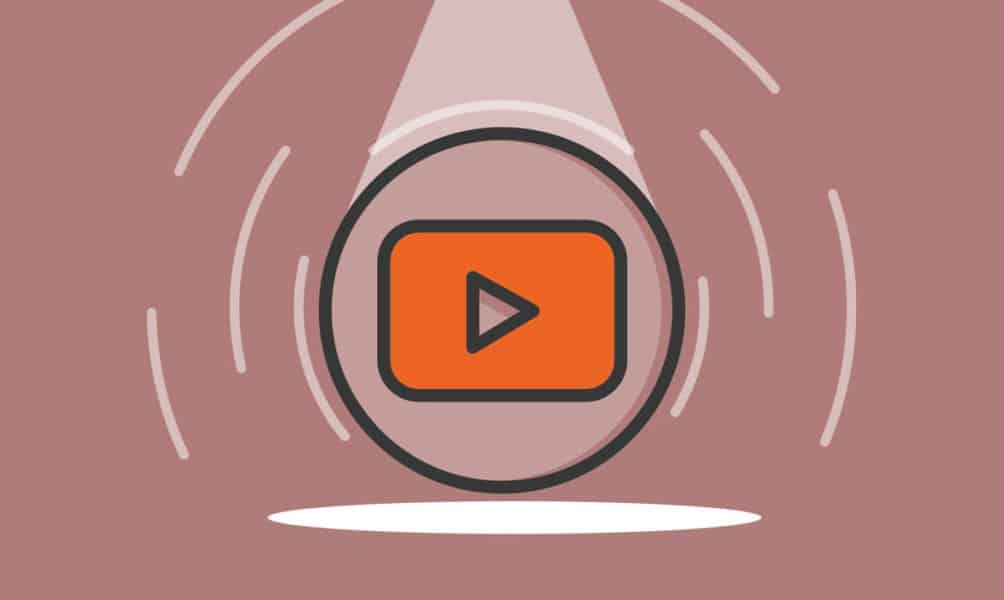
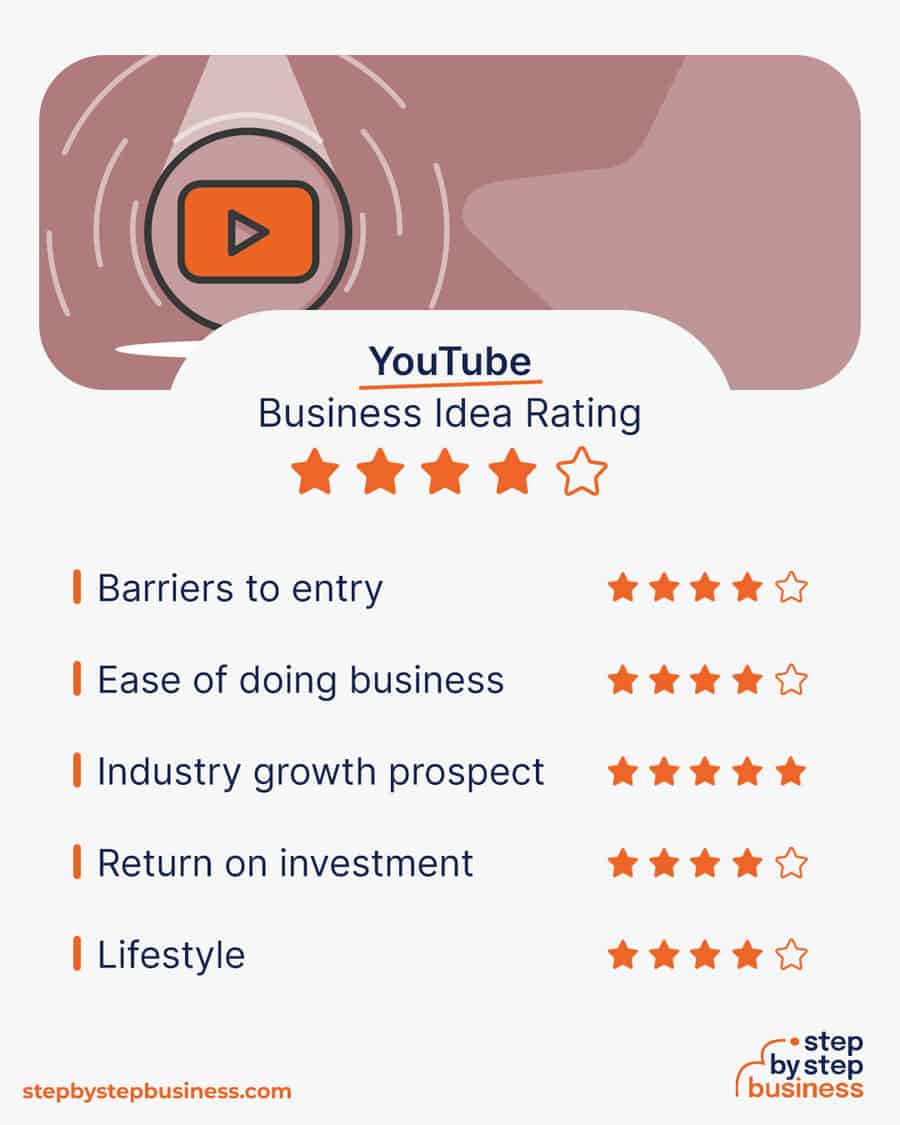
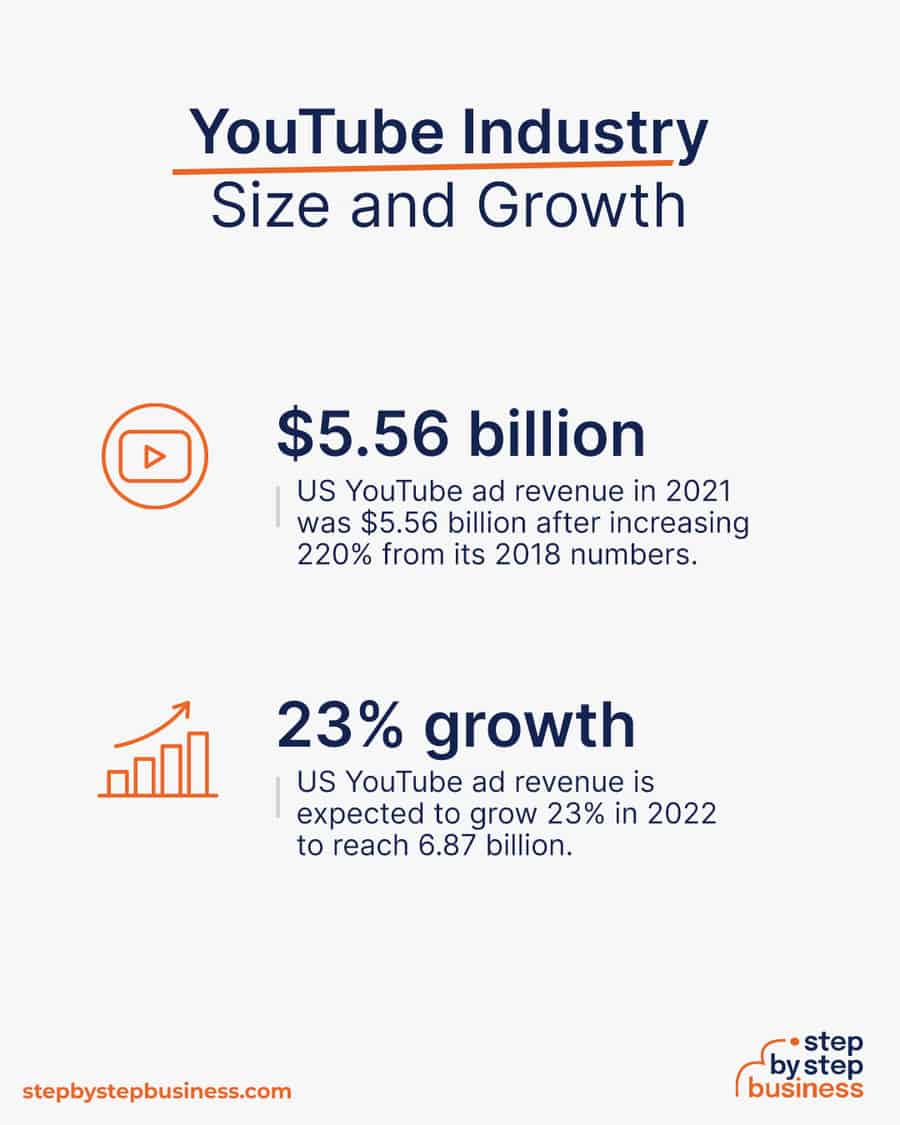
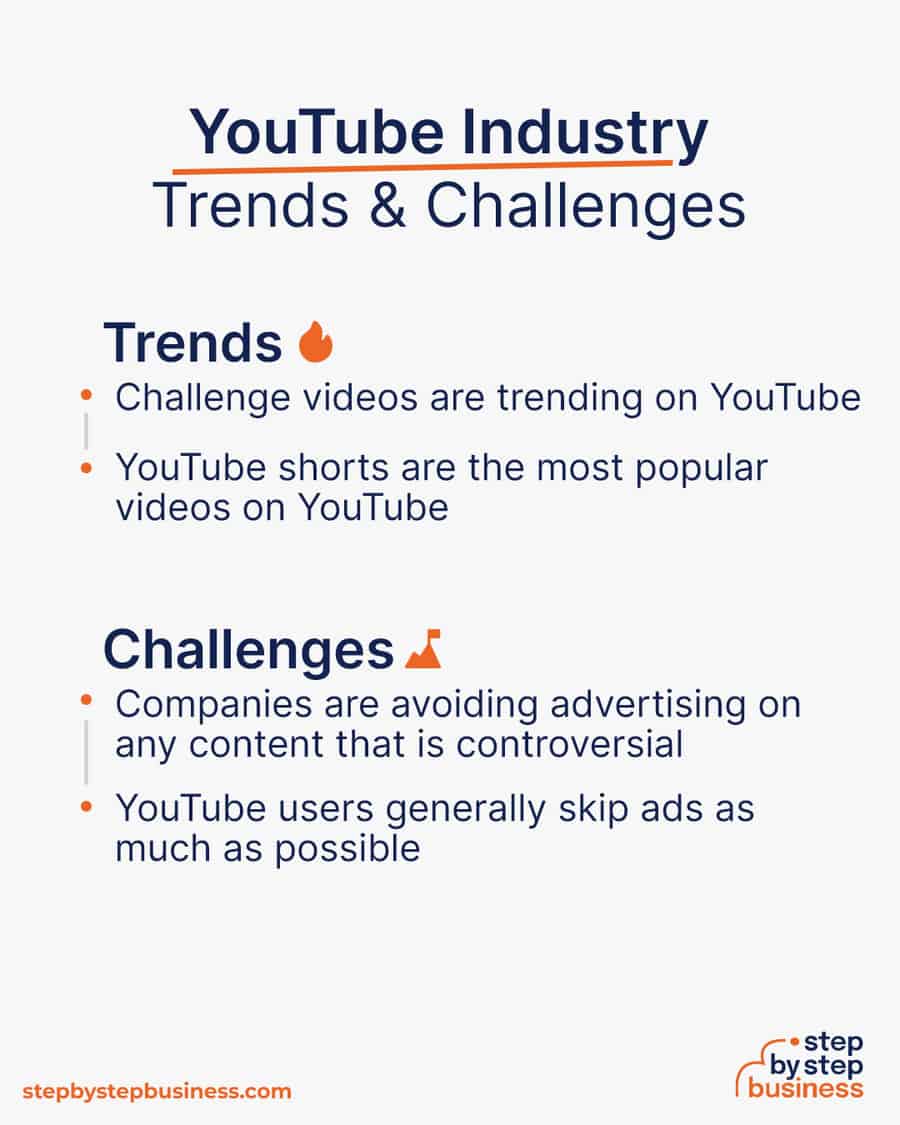
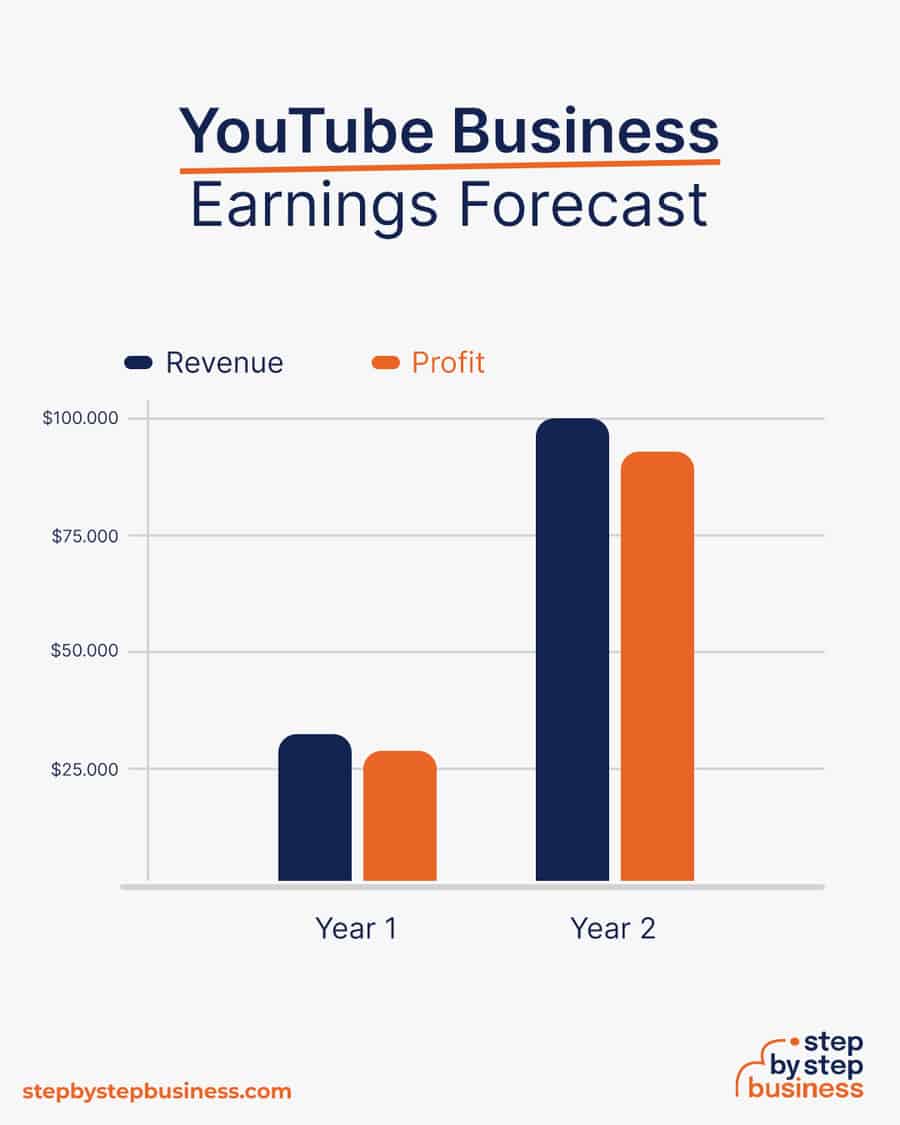






Comments